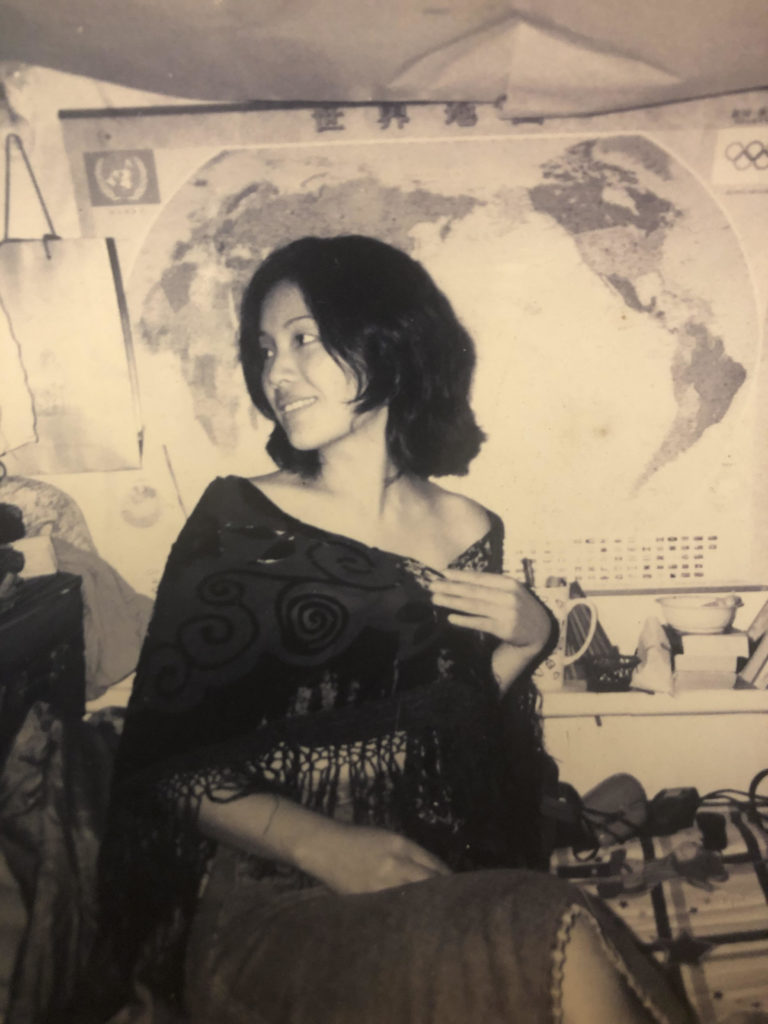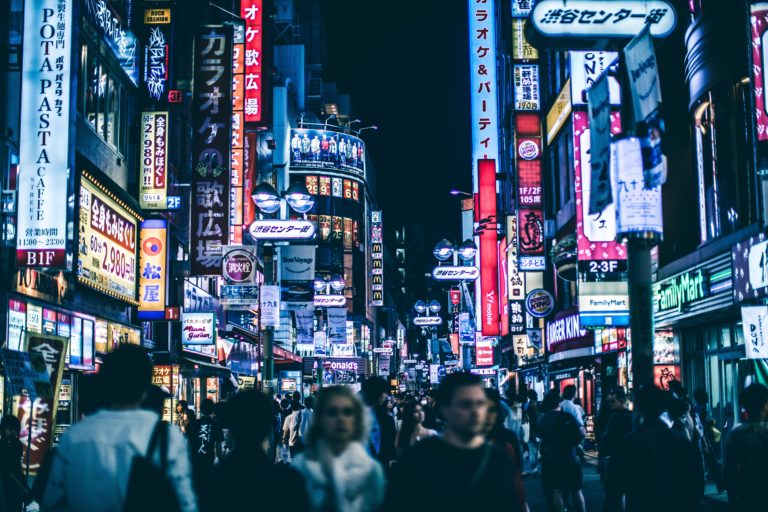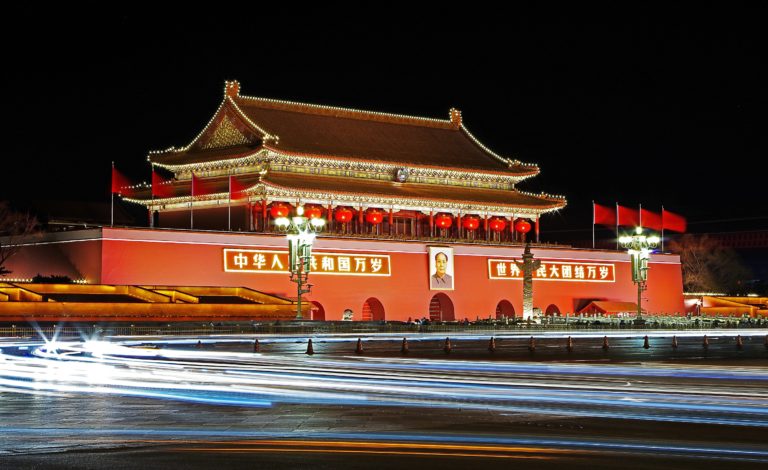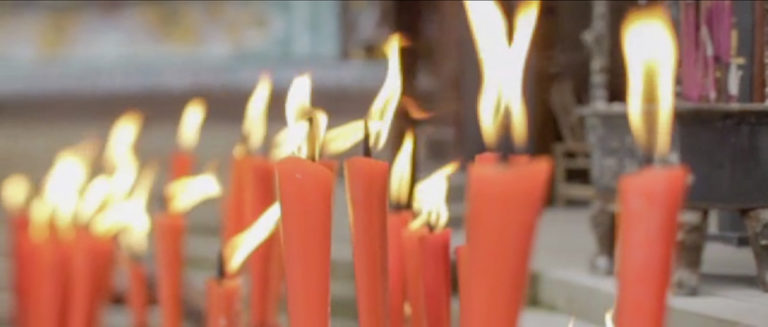“I remembered a variety of former abodes: one birth, two births, three births, … and many aeons of creation and destruction.”
Imma be real: I’ve lived more lives in my 44 years than most. I try not to assume that my life is somehow “richer” because I lived in many places, traveled to many places, saw many faces … but richer isn’t really what I’m saying with this. I just spent much time as a chameleon doing all manner of things.
Richer … what does that mean? If a human lives their entire life in one place, one hearth, walking one road back and forth to get bread, drink coffee, and be with friends – can it be said that they’ve lived any less rich than me, who spent time at one thousand hearths, but calls none his own? One way to answer this question, if you wanted to do that at all, is to “compare notes,” i.e. exchange stories and see how you feel when the storytelling’s done.
For that, one needs memory. The feeling you’d feel, when the memories are all poured out, would be nostalgia.
Now that I’ve lived arguably half my life, I find myself looking back and gathering what notes I have, and inspecting my body’s reactions to the nostalgia I feel. For me the notes come in the form of boxes of pics taken over years of moving around. In these boxes I find pics from 1991 Poland; 1992 Syracuse; 2001 China; 2006 Thailand … 1978 Germany … For years those pics gathered dust in my father’s basement, as I chased myself across the globe. After moving back to the U.S. in 2015, my dad said, “here, take these,” and I found myself suddenly in possession of memories. Faces. Things I had forgotten. Jarred, I left them in my closet for five years.
Then some things happened, and I found this photo of Zuo Li:
Zuo Li was the first girl to fall in love with me in China. The photo I have of her is before she met me, just a month or two before she met me, as I recall. She looks heartbreakingly beautiful. Why heartbreaking? Is it just how nostalgia feels …? I have some ideas why it hurts to look upon Zuo Li, aged 20, in her dorm with a shawl across her shoulders and a bright smile on her face. After living enough life to understand both who I was then, and what I did, I felt inspired to honor Zuo Li. Honor her memory and give nostalgia its allotted space.
That’s how this painting came to be.
At first, the idea was to paint a dragon and glue cut out pictures to its body like scales. Quickly, that idea gave way to something else. What I have now is the Gate to my Memory Temple. The characters at the bottom of the painting, 刻骨铭心, mean “carved into bone, inscribed onto heart.” It is a Chinese phrase to describe an experience, or experiences. Working with this medium over time allowed me to create this first sketch of a project: canvases dedicated to memory and nostalgia, and this first one is the gateway piece, the arches I pass through as I begin this process. So these characters are painted to resemble the characters you might see at the top of a gate, just before you walk through to the temple grounds beyond.

Petals Fall
Here I think it might be interesting to speak on memory and nostalgia a bit.
Something about this project feels desperate to me. As if I’m trying to recapture blossoms long wilted, fragrances long lost to old winds. Do I wish I were young again? Am I chasing old flames because maybe they’ll show me my buried self again? Yeah, I am, I do. All true.
So if that’s established, what else can I mine from this inspiration? Memories and stories for one, so I can produce that special nostalgic feeling. Many of the faces in the boxes I keep are lost to me – were lost – until I re-discovered Zuo Li. Looking at her face made me look at all the other faces that spoke to me once, all the people who said my name – Sascha, Mike, 马山, Scratch, Chach, “Hey! You in the bushes …!” Now that I see them again, I can reconstruct stories I didn’t realize I could tell.
It’s not just longing, though, that inspires this project. It’s also a sense of honoring, collating, organizing and assembling so as to give those faces life again. If they stay in boxes they cease to live; if they adorn a dragon’s back, they fly amongst the clouds … I’d say any memory – whether it lives or dies or exists at all – would prefer to be glued to a painting rather than languish in a box. And this strange question: does memory live? Is the past gone forever, was it ever, where did it go since it definitely once was present? For an answer, I went to Buddhism.
At first, I did a little research into Buddhist thought on memory in order to find a Chinese phrase that could adorn the Gate. I didn’t find one. I did, however, discover the concept of smrti, which I barely understand. Here is a research paper on the topic: ON THE NOTIONS OF MEMORY IN BUDDHISM, which has some very interesting ideas regarding “object-supports,” the present extending over “seventeen moments,” and the practice of remembering what was in order to self-cultivate what is. Deep stuff.
But what it did for me is un-moor me from the belief that pursuing memories is counter-productive to the enlightenment seeker. I like to think of myself as such as seeker. (I am so incredibly far, so ridiculously, laughably far from that goal, but should that stop me from seeking? No. No, it shouldn’t.) According to what I understand of Buddhist thought, I also shouldn’t feel guilty for sifting through the past for gems to hang on the wall; I shouldn’t feel ashamed of regret, or ashamed of nostalgic longing for something that can never be again. It’s normal. Even the Indian sages acknowledged it, and somewhere in the study linked above, they actually describe how to use memory and nostalgia to self-cultivate.
I’m not able to understand Buddhist notion of memory quite yet, but I am painting and gluing pictures to what I paint, so …
thus i self-cultivate.








